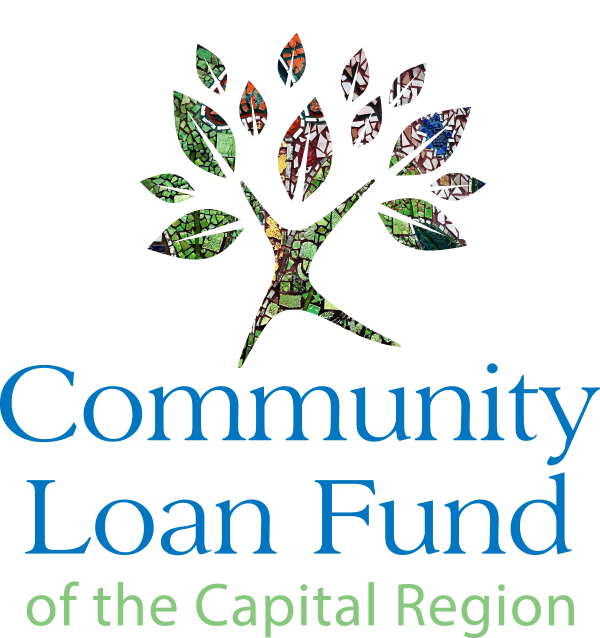In 2004, Albany Police Department Lieutenant John F. Finn was fatally shot in the line of duty while in pursuit of a burglary suspect. He is survived by his wife, two daughters, and the public safety institute that seeks to carry out his legacy of policing based on social science.
The John F. Finn Institute for Public Safety was established in 2007 to work hand-in-hand with criminal justice agencies to bring social science into day-to-day police work. The Institute advocates for police reform based on data-driven decisions and believes that to be effective, criminal justice has to understand the root causes of crime.
“Many police strategies have not been systematically studied; as a result, little is known about what does and does not work,” says Executive Director Robert Worden.
That is where he believes the Institute can be of assistance.
This month, the Community Loan Fund closed on a loan for $350,000 to the Institute to assist with cash flow. Executive Director Robert Worden says the loan will be critical to operations, helping cover salaries and benefits so the staff can continue their research while they await grant funds.
“Many police agencies are open to research,” Worden says. “The academic community has in some respects been less receptive to conducting applied research on policing than the police have been to collaborating with researchers; greater professional rewards for academics lie in basic than applied research. Moreover, financial support for criminal justice research is a small fraction of the support for health-related research; more could and would be done with funding that is commensurate with the public value of improved practice.”
Worden is an advocate community policing, which acknowledges that in most situations that police are called to, they are not dealing with violent crime, but with social ills.
“We are advocates for evidence-based (or, in the absence of sound evidence, research-informed) policy and practice. The body of evidence shows that community policing effectively builds public trust in police and improves police-community relations. When it is properly implemented, it has promise in addressing many of the public safety problems that contribute to fear of crime and erode quality of life,” says Worden.
During a recent presentation for the NYCLU Forum, Worden explained that policing has changed dramatically. “Fifty-plus years ago, social science debunked the idea that policing was all about crime‐fighting,” he told the audience. “Disputes of various kinds, public disturbances, persons acting erratically, all may require the presence of police, even if the involvement of other parties – mental health specialists, social workers – would also be useful.”
In fact, he continued, in the City of Albany, violent crimes account for just 1% of the calls to police.
The majority of the calls to the police are for issues like animal complaints, unruly groups, loud parties, interpersonal disputes (neighbors disagreeing, boyfriends and girlfriends arguing, landlord/tenant conflicts) downed trees or power lines, fire calls, and disturbed persons or person under the influence.
Police need to reorient their mission to this reality. Most of the time, they are not being called to battle bad guys; most of the time, they are being called to help residents fix problems.
Community policing is a “strategic innovation that calls for a reorientation of the police mission,” and it changes how police should be recruited, trained and supervised, he says. “It includes three major elements: decentralization, community engagement, and problem‐solving,” Worden says. “It is labor‐intensive, and so it is not inexpensive.”
Over the years, the Finn Institute has tackled numerous police reform projects in Albany and Schenectady. They have studied issues like police accountability, citizen oversight, police interactions with victims of violence, and racial and ethnic disparities in policing. The Institute’s findings have been presented to police departments and other law enforcement agencies with the goal of improving police operations and community outcomes.
Recently, the Institute served as the research partner for the Schenectady Police Reform and Reinvention Collaborative in 2020-2021, and is continuing to work with the Schenectady police around the implementation of the reform plan. Currently, an analysis of the use of force by Schenectady officers is in progress, with a view toward formulating steps by which the use of force could be minimized.
The Finn Institute is also engaged in an evaluation of New York’s recent bail and pretrial justice reforms, evaluating the implementation and impact of those reforms on pretrial detention and case disposition patterns, with a particular focus on six counties’ Town and Village Courts.
The loan from the Community Loan Fund will help the Institute complete several new projects and prep them for publication.
In one, the Finn Institute conducted a process and outcome evaluation of the nonfatal shooting initiative of the New York State Division of Criminal Justice Services (DCJS). The initiative was designed to maximize the likelihood that the perpetrators of “bullet-to-body shootings” would be apprehended, prosecuted, and sanctioned for their offenses.
In another, the Institute conducted a randomized controlled trial of implicit bias awareness training in the New York City Police Department. The evaluation assessed the effectiveness of the training in raising officers’ awareness of and knowledge about unconscious bias, providing officers the skills to manage their own unconscious biases, and in reducing the disparities in enforcement actions against various racial and ethnic groups.



